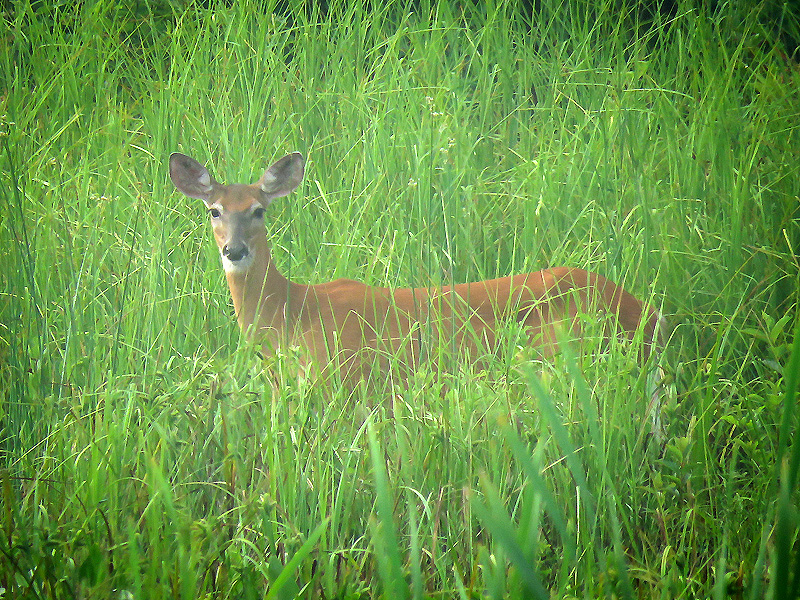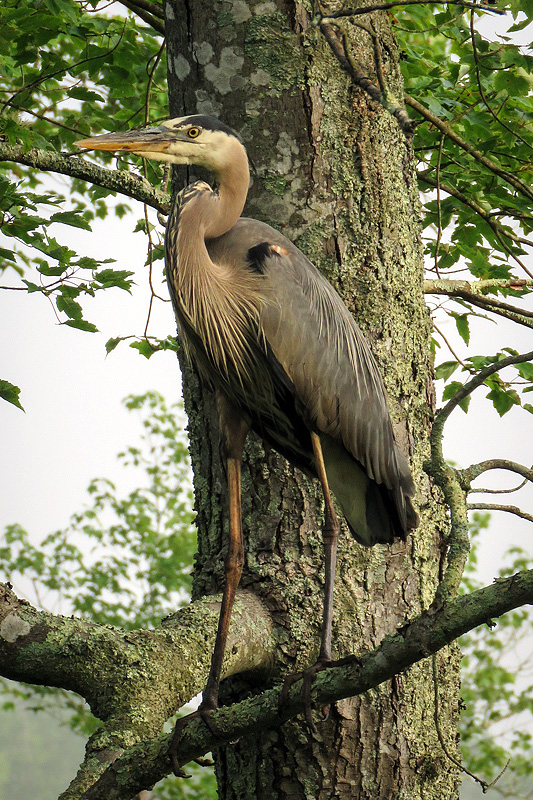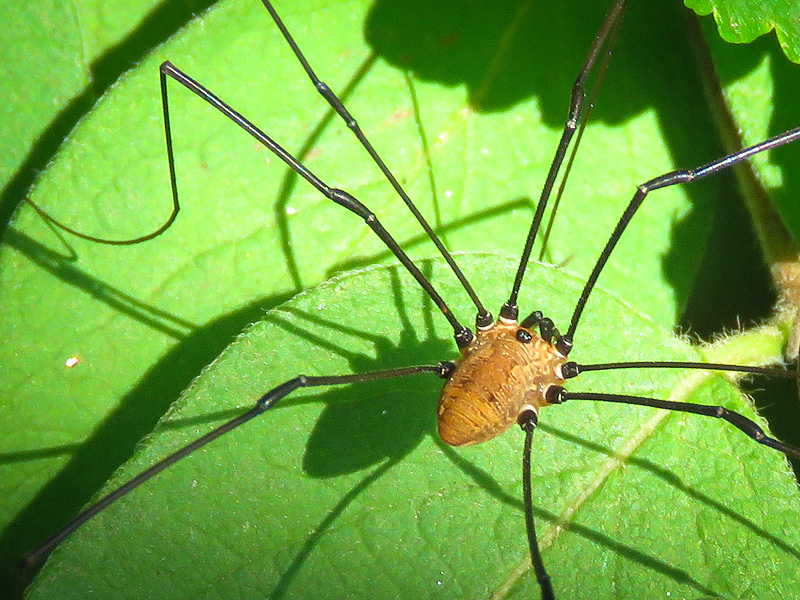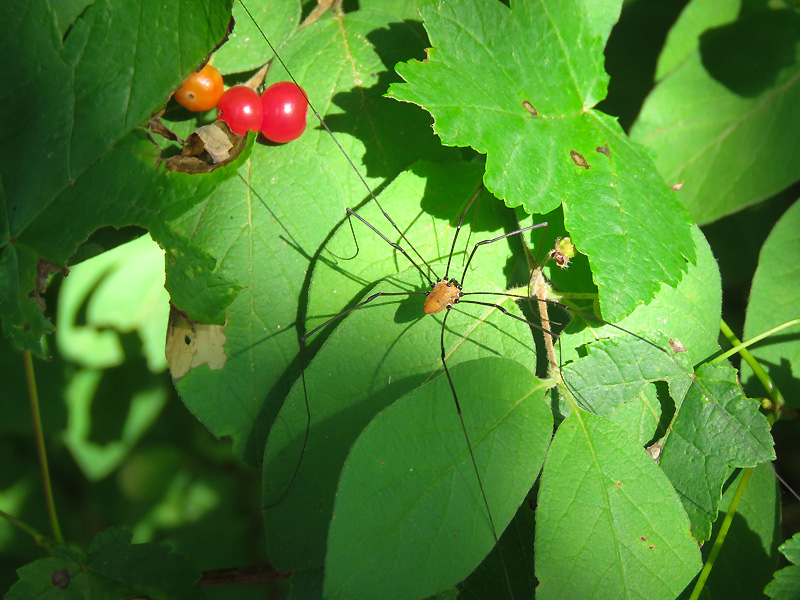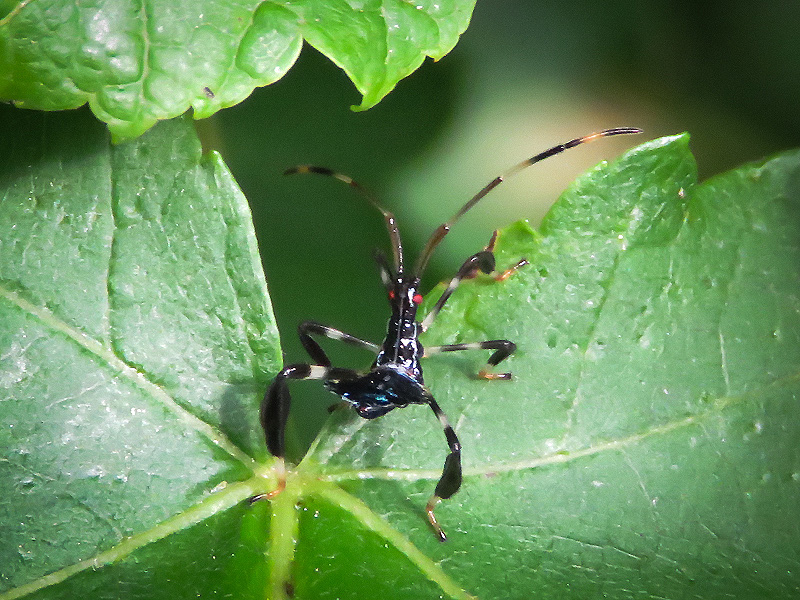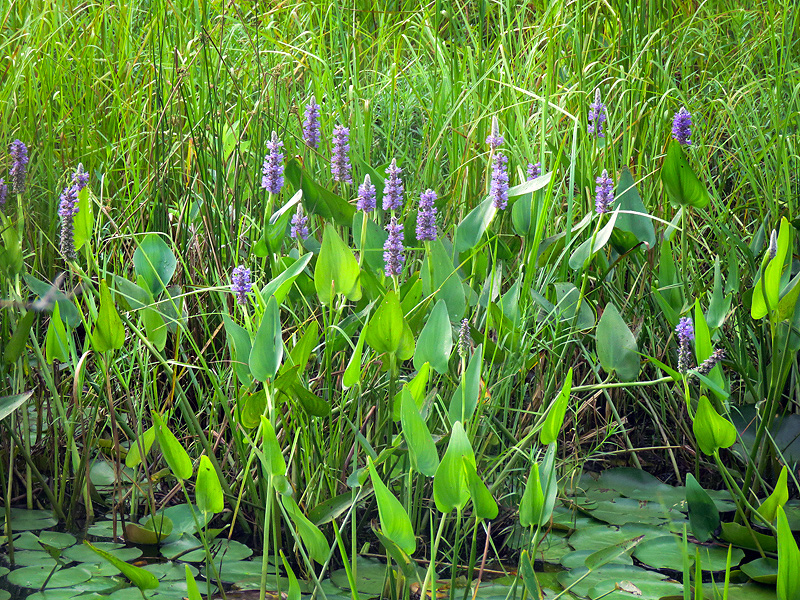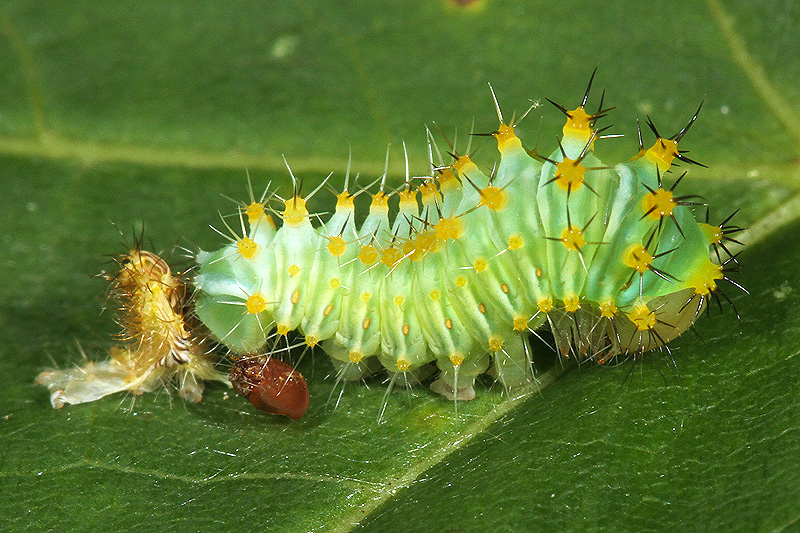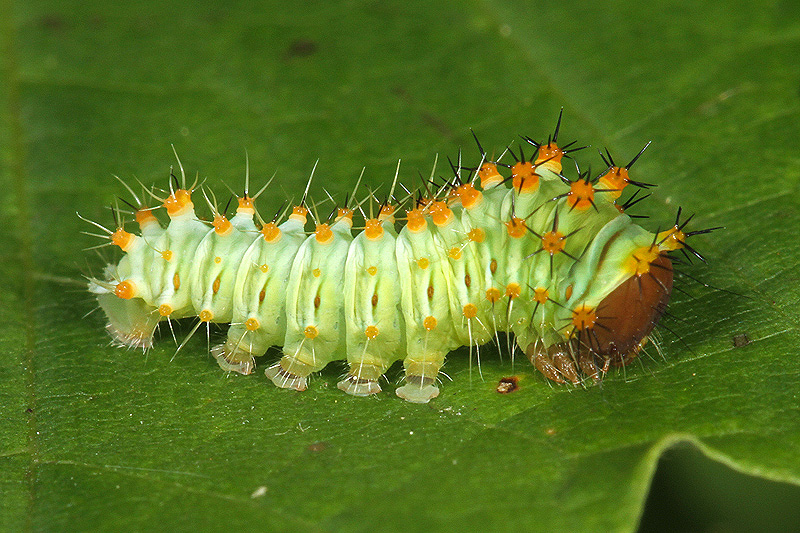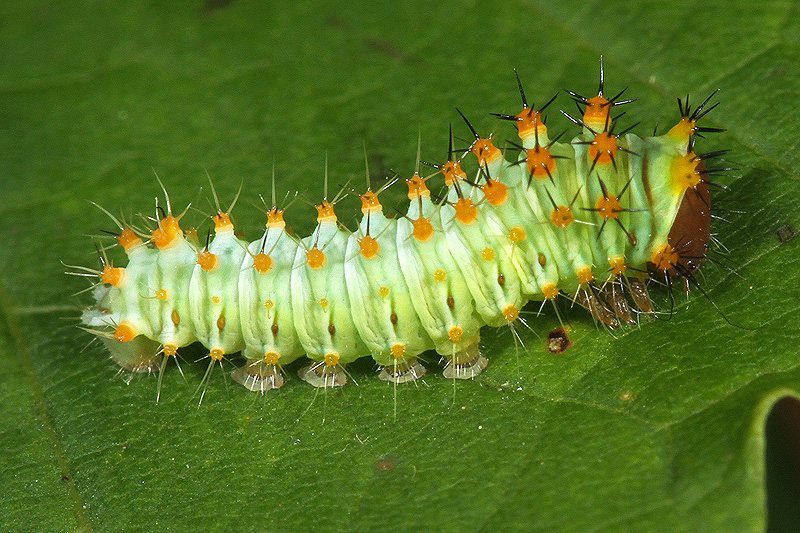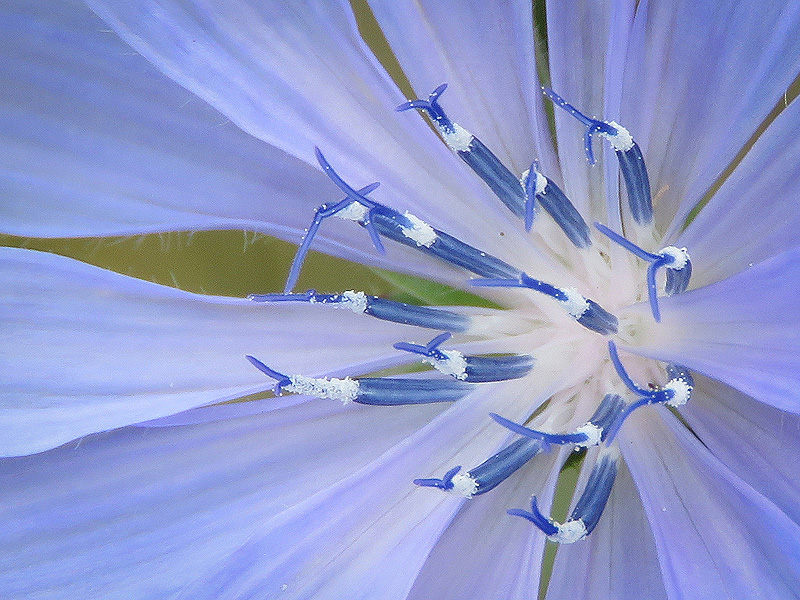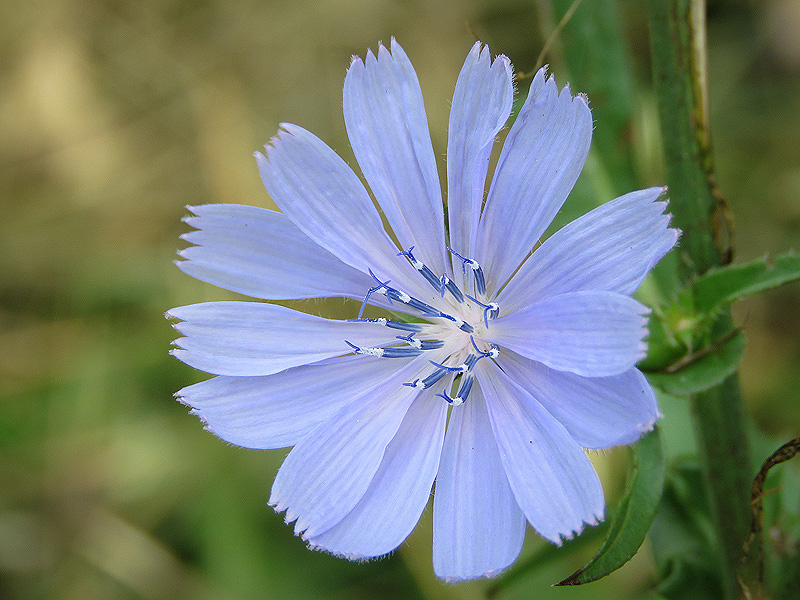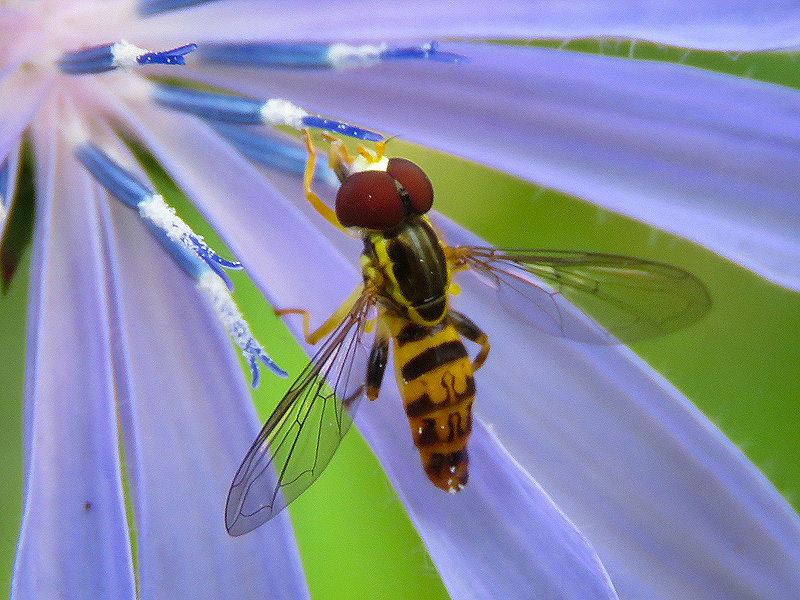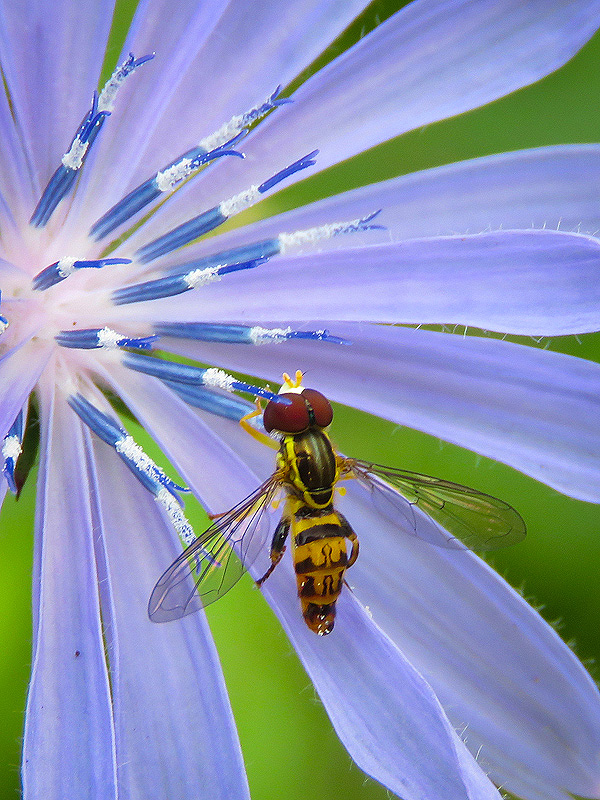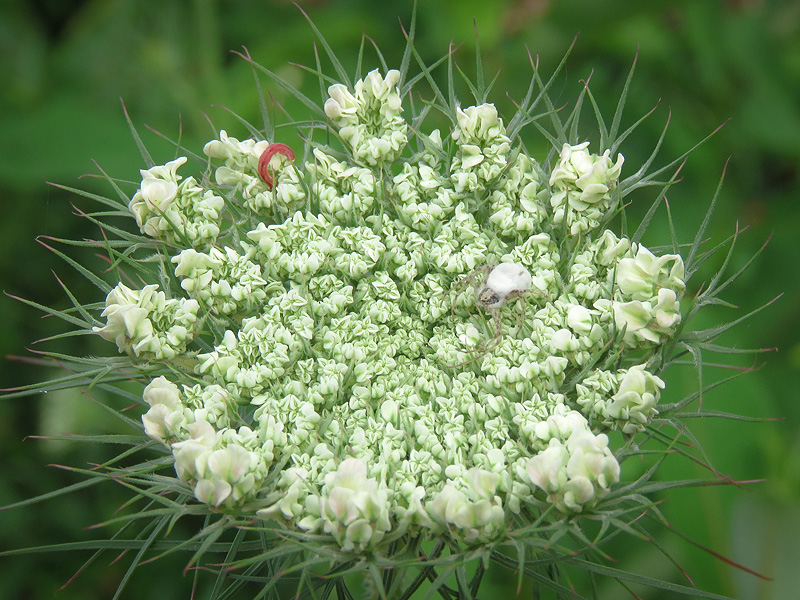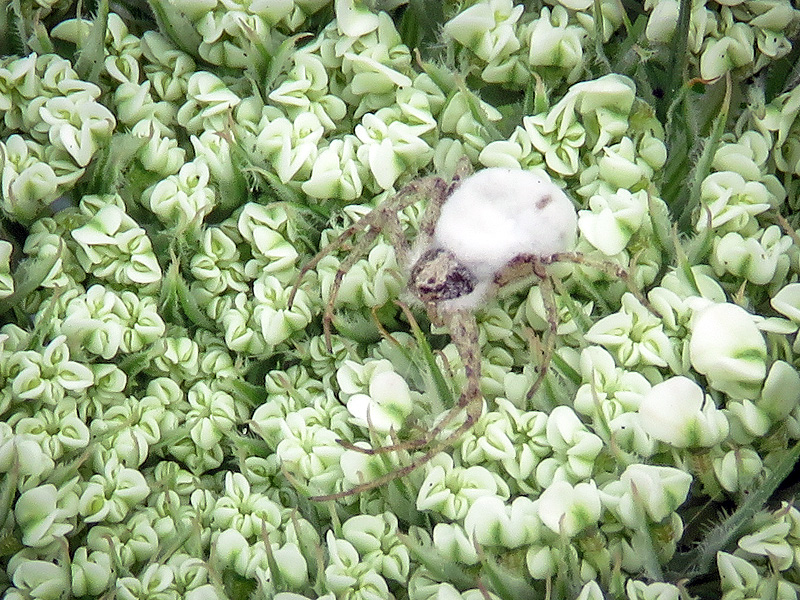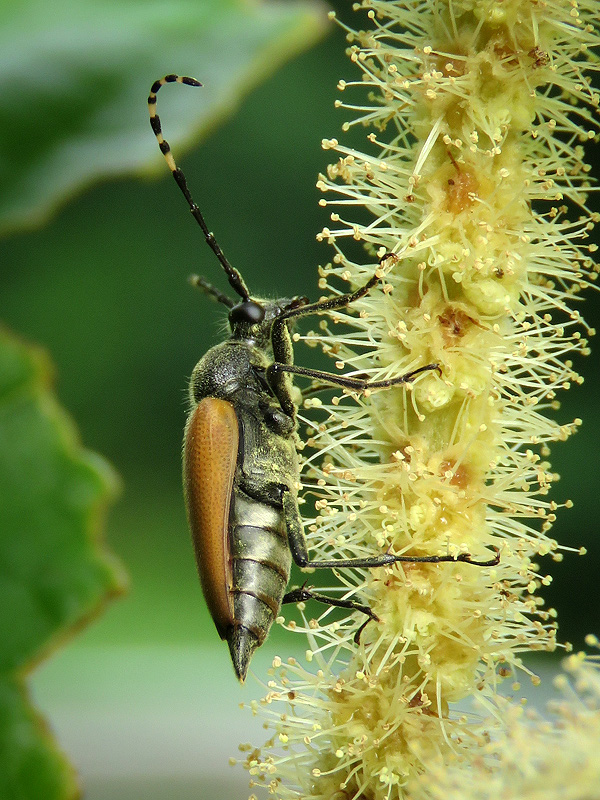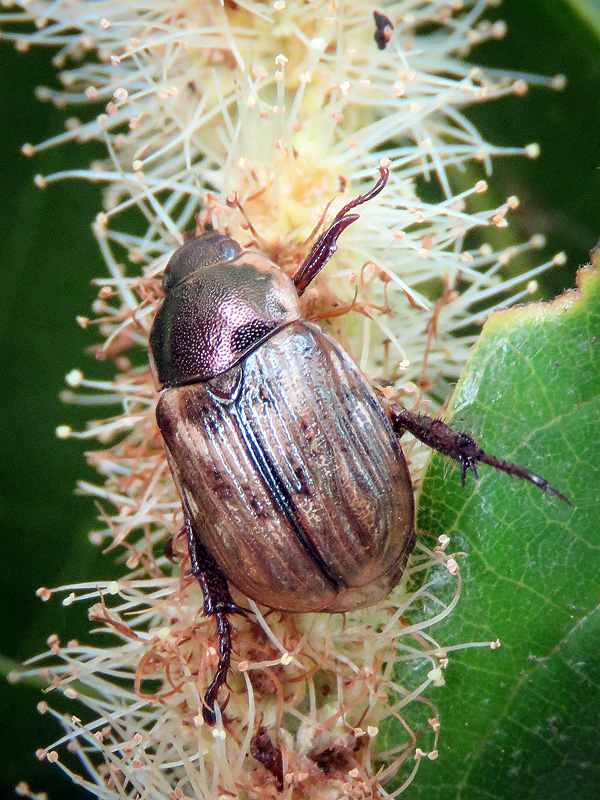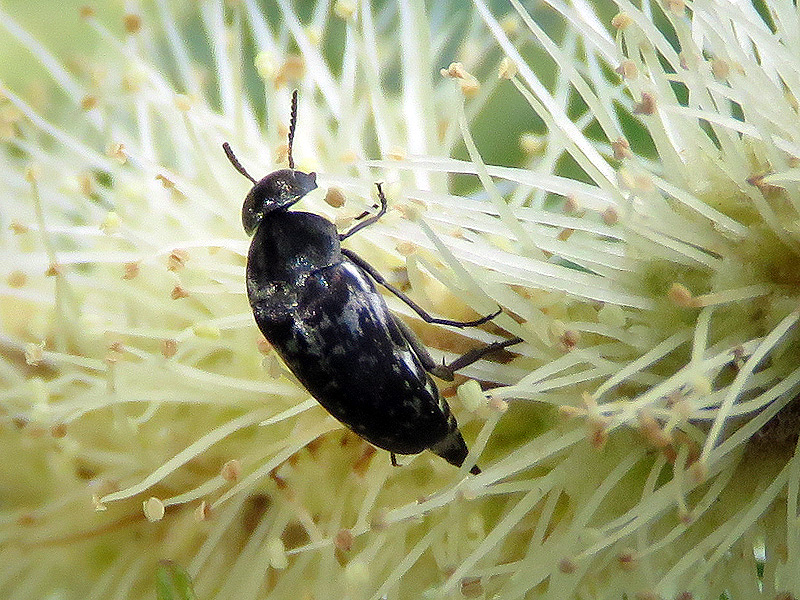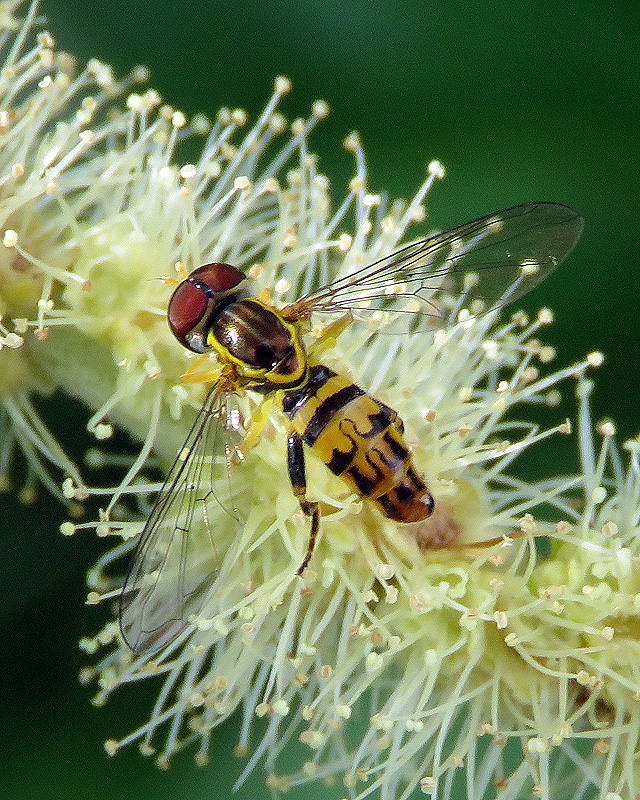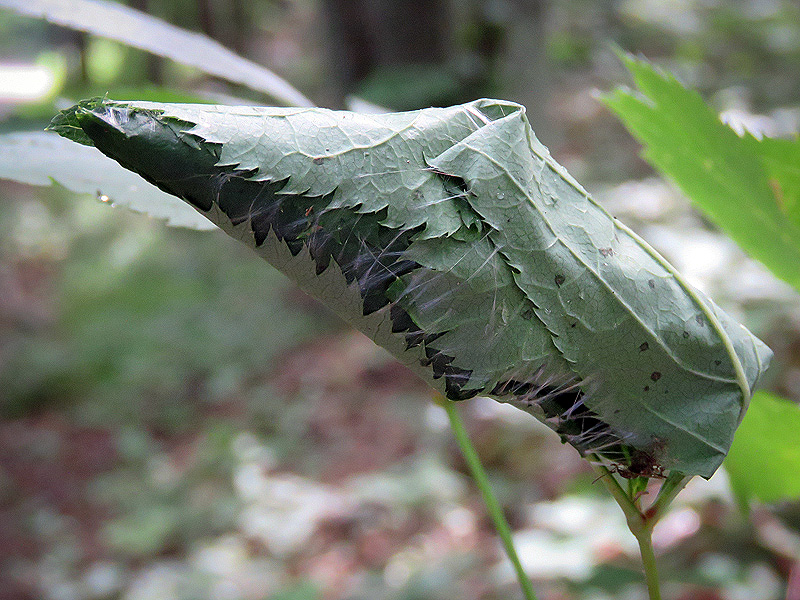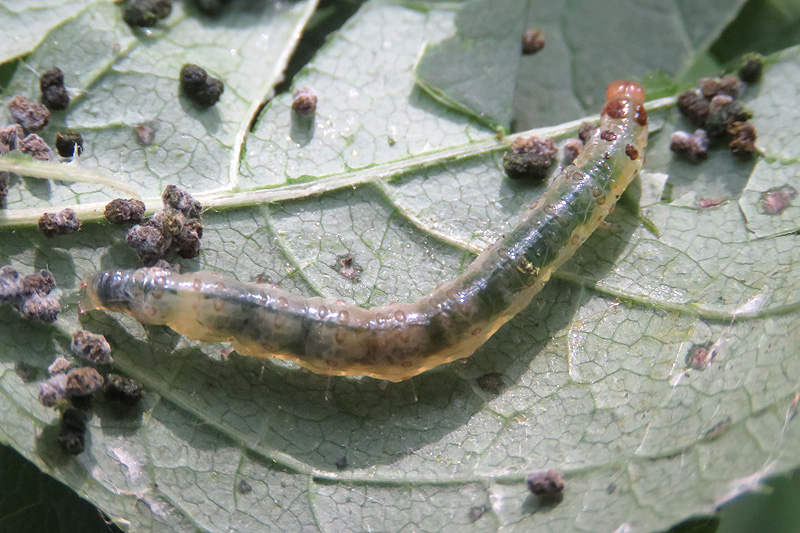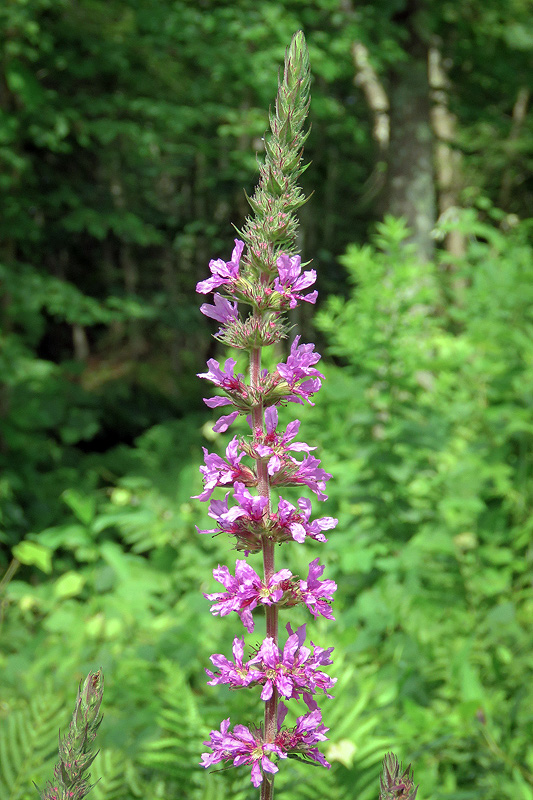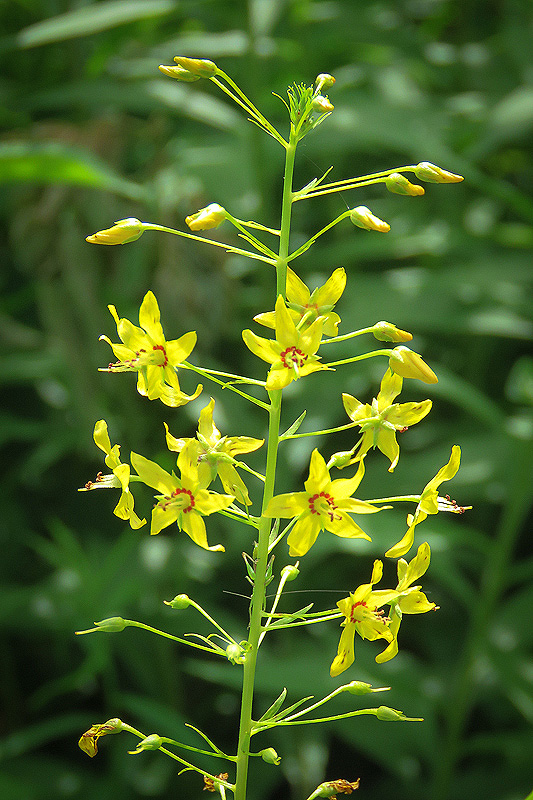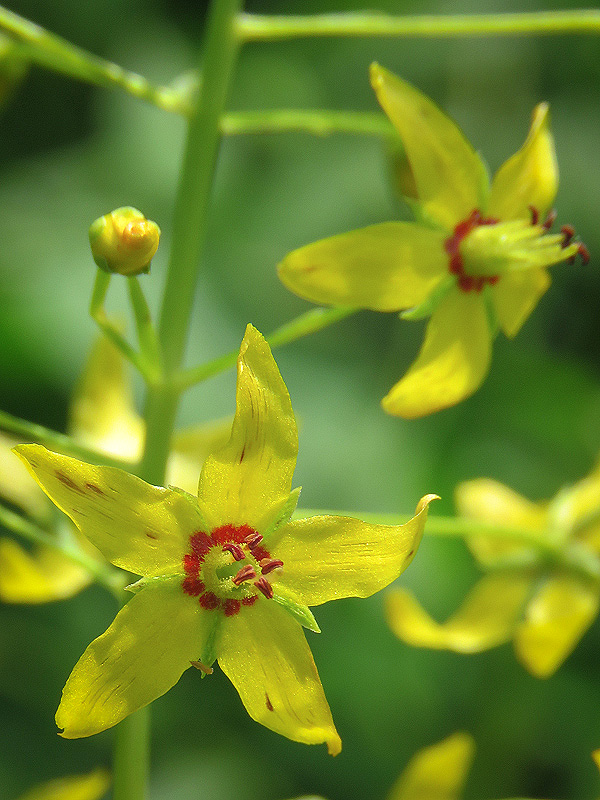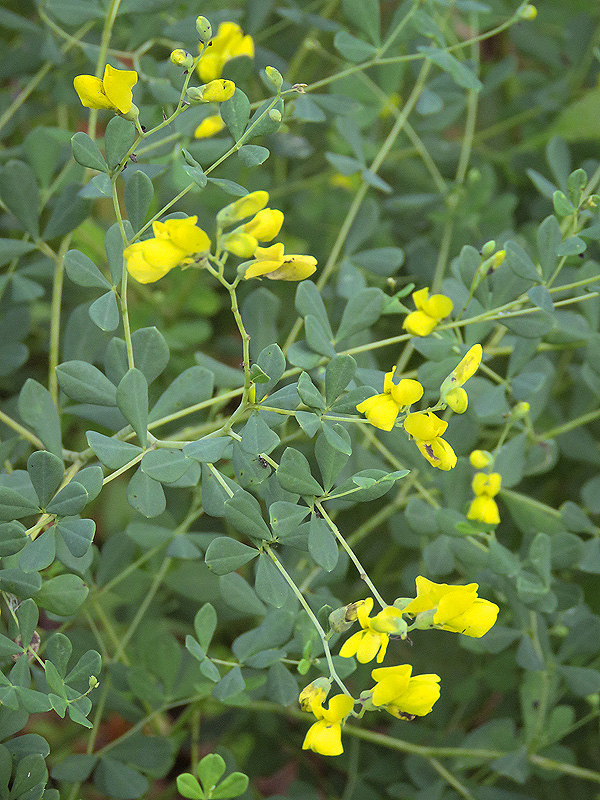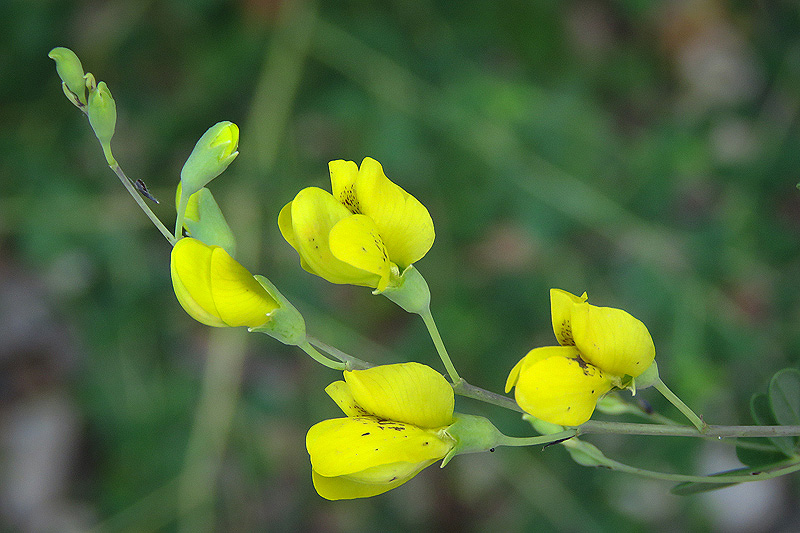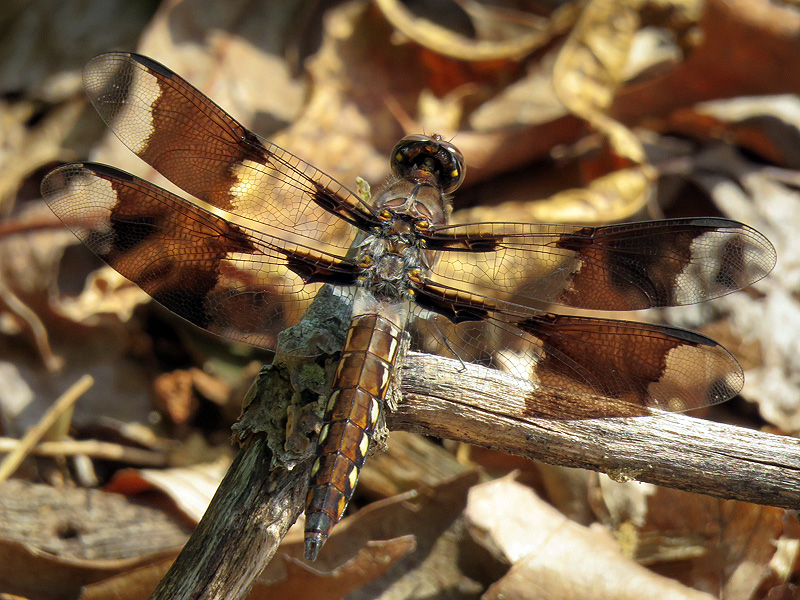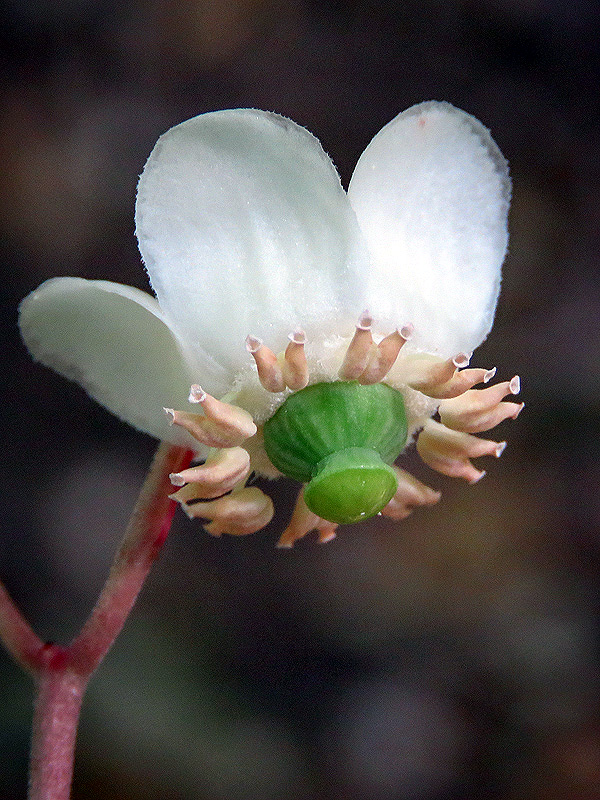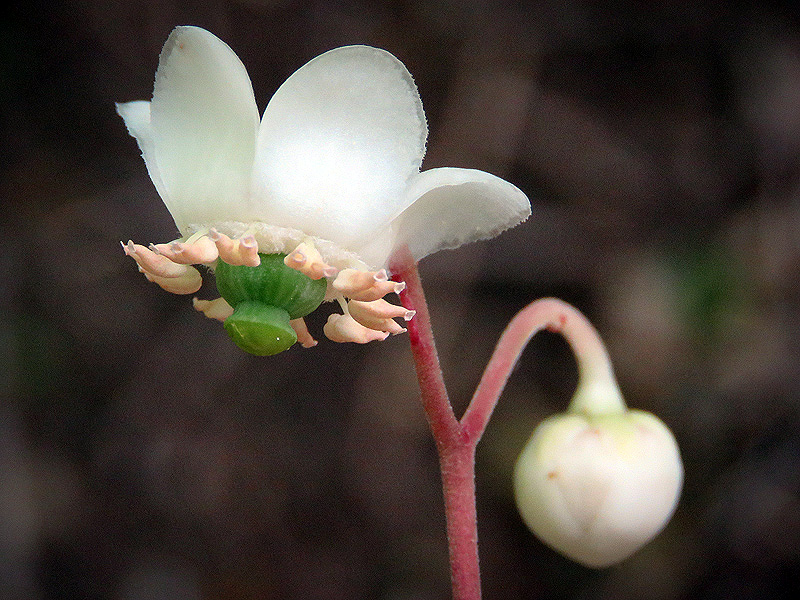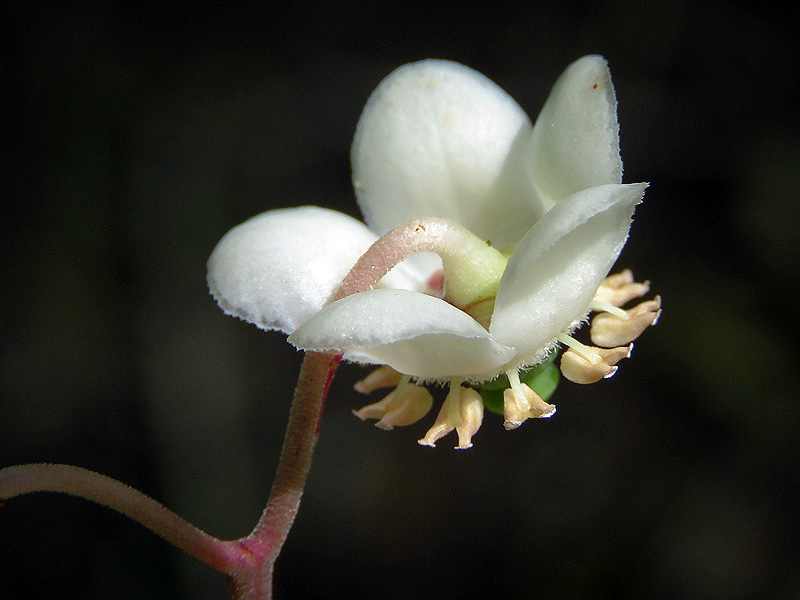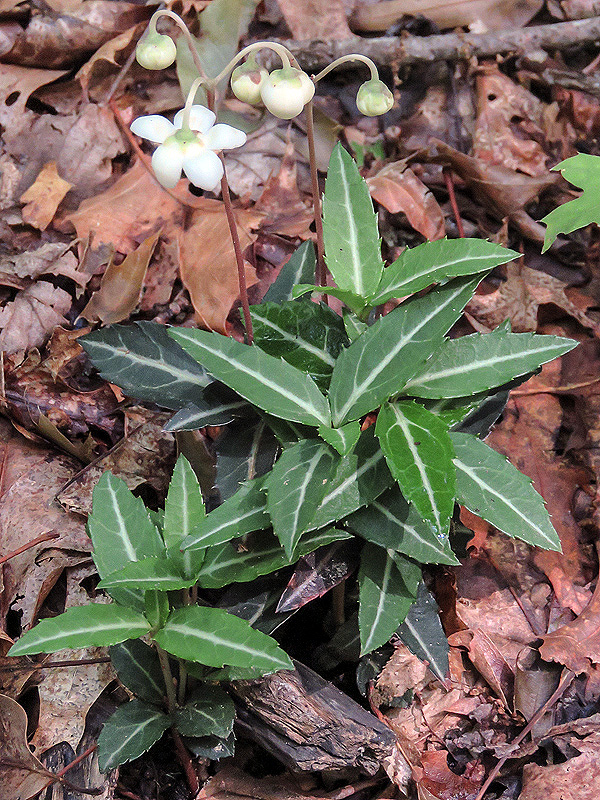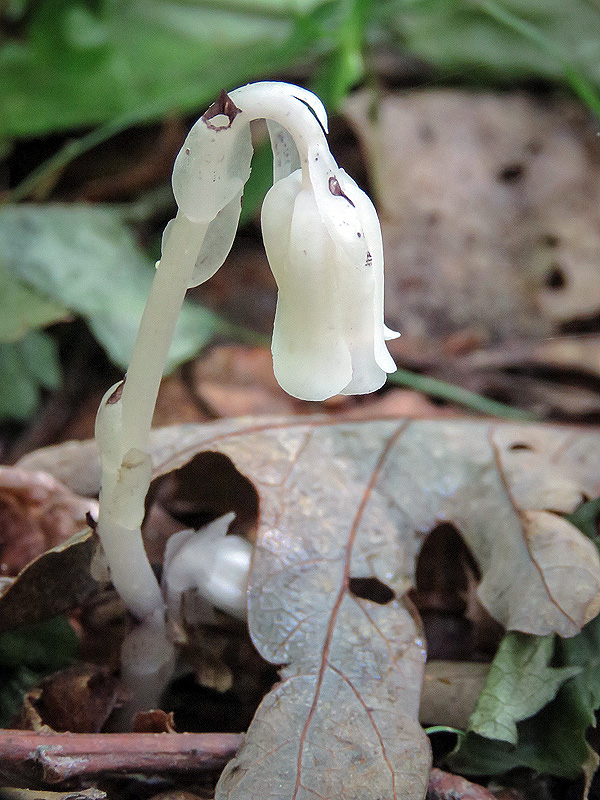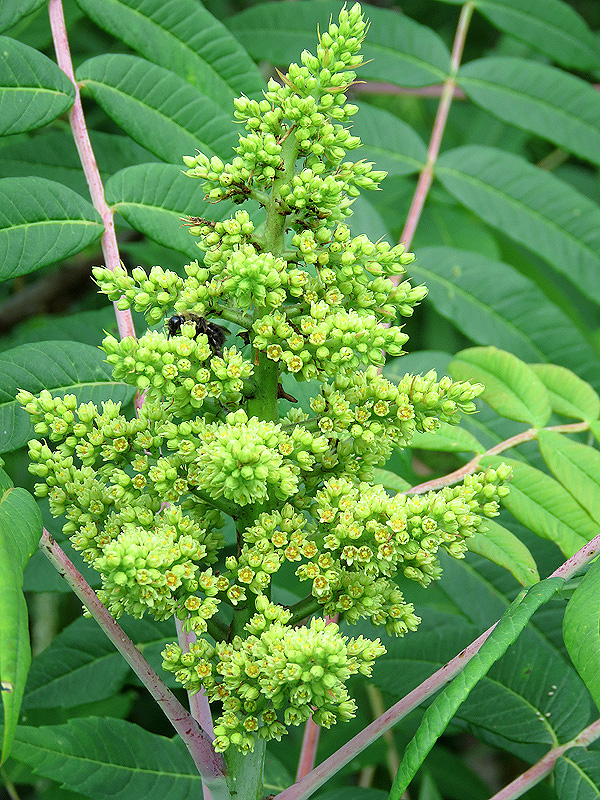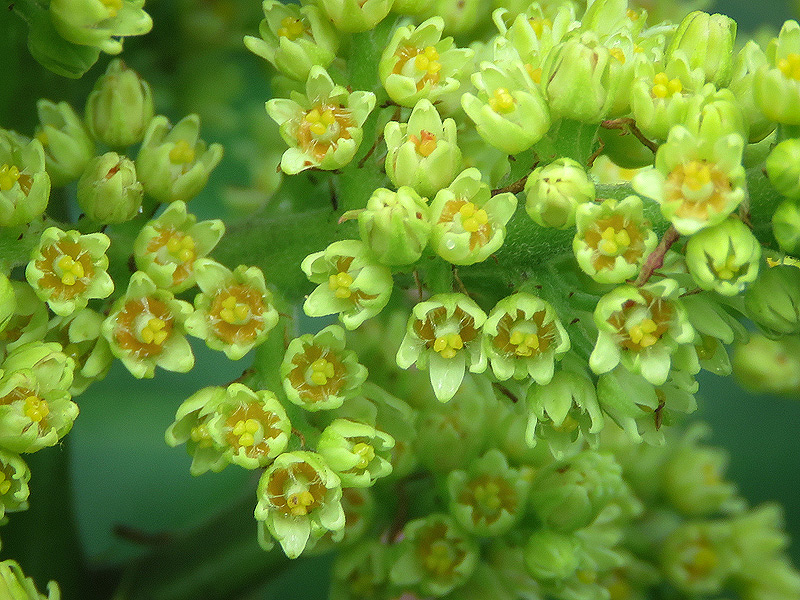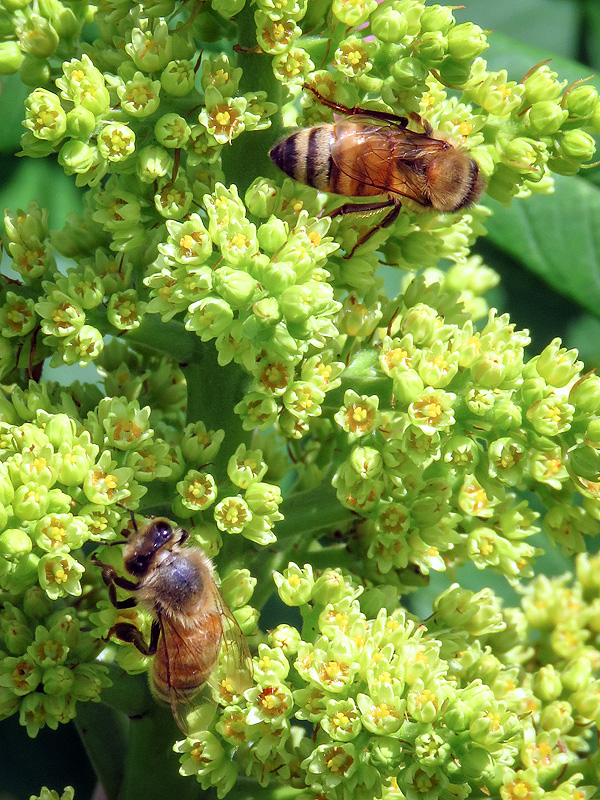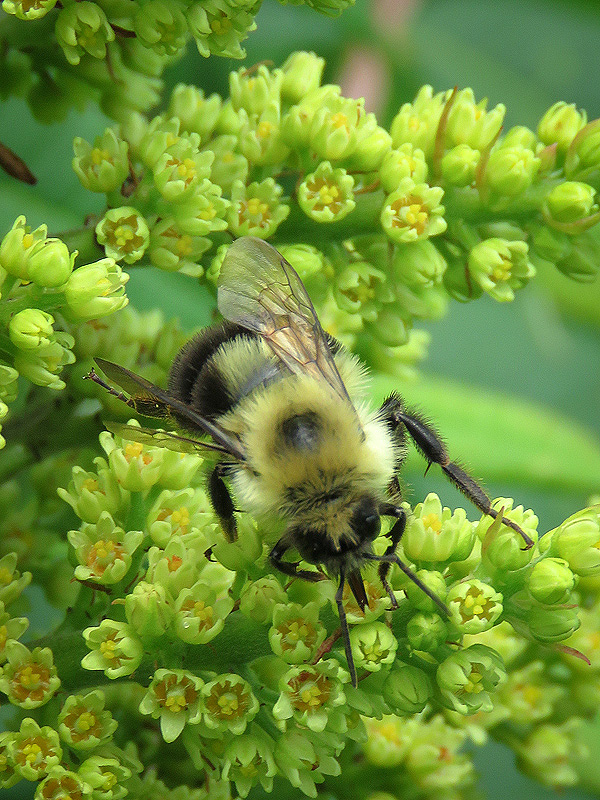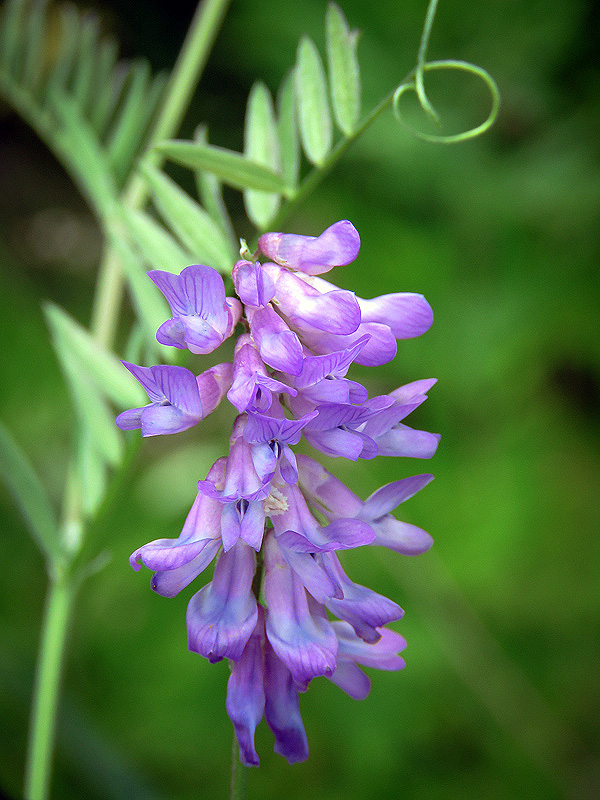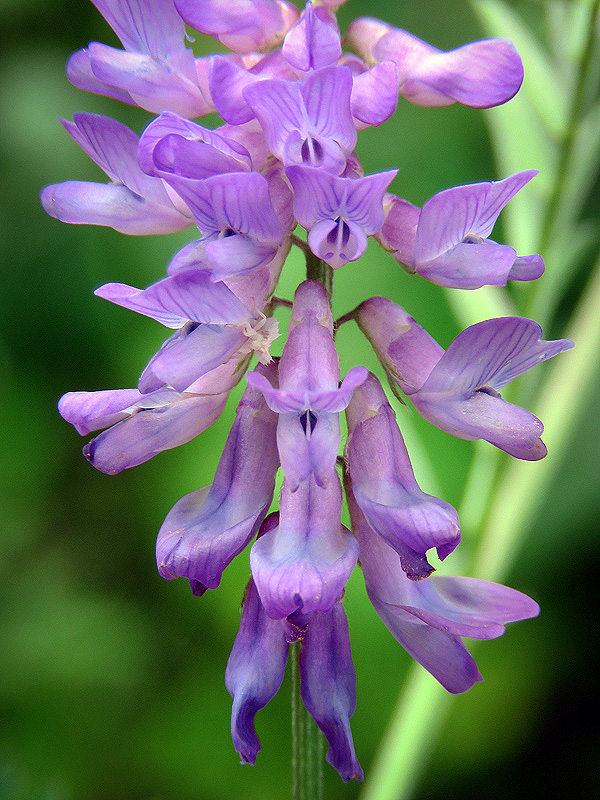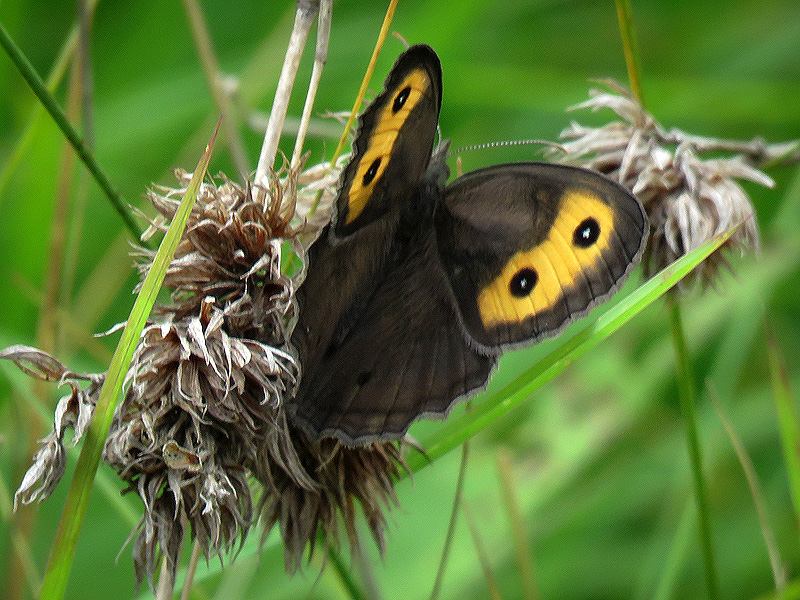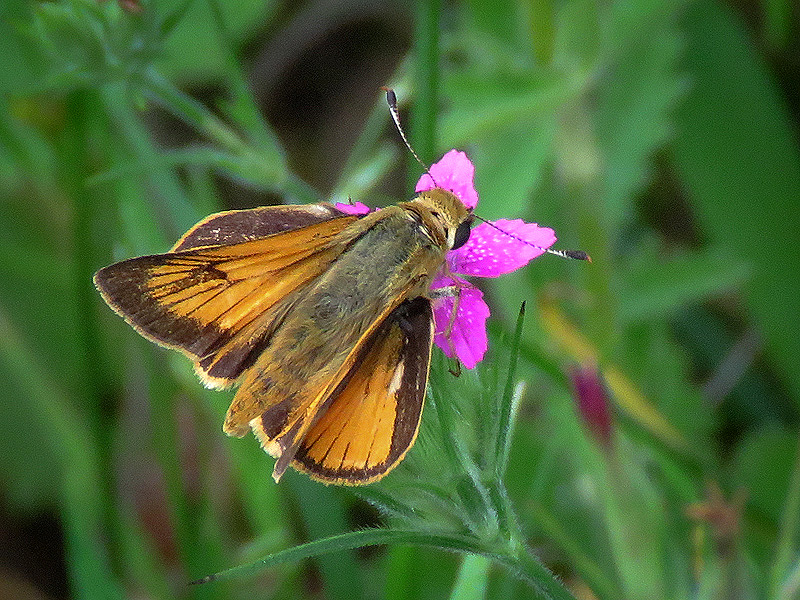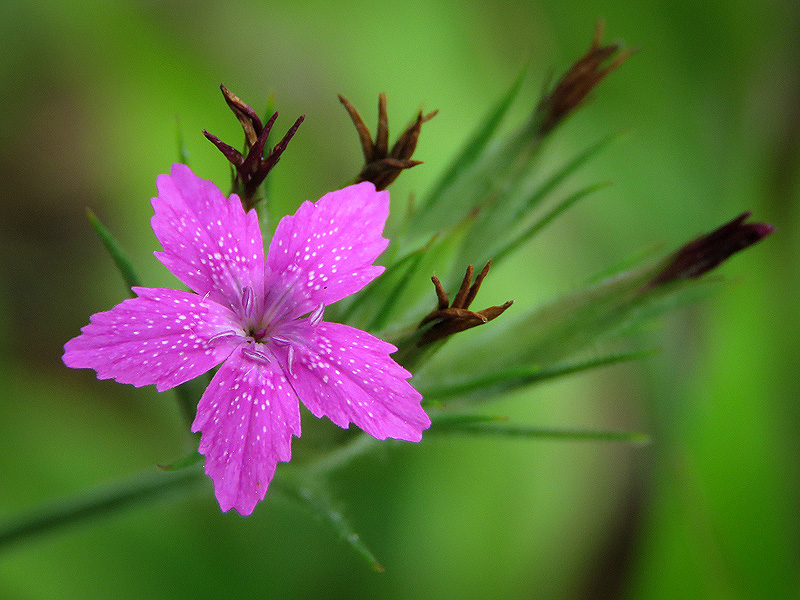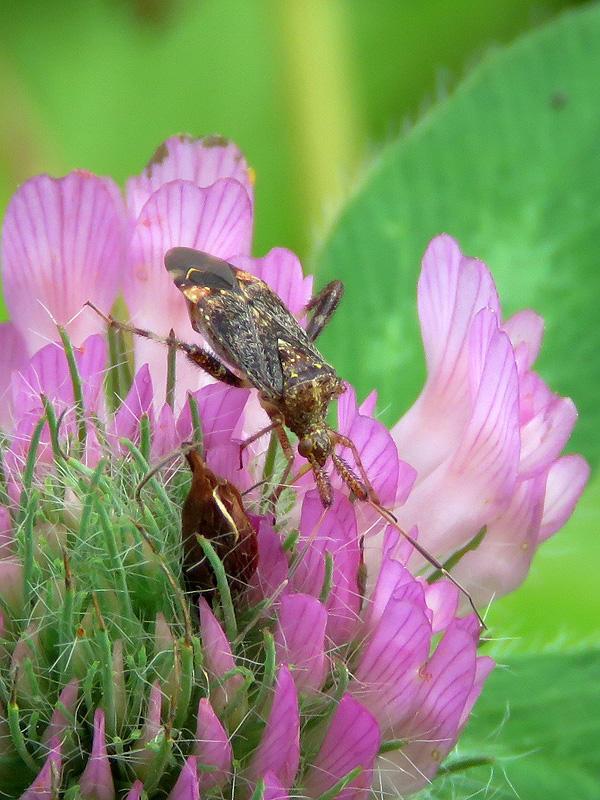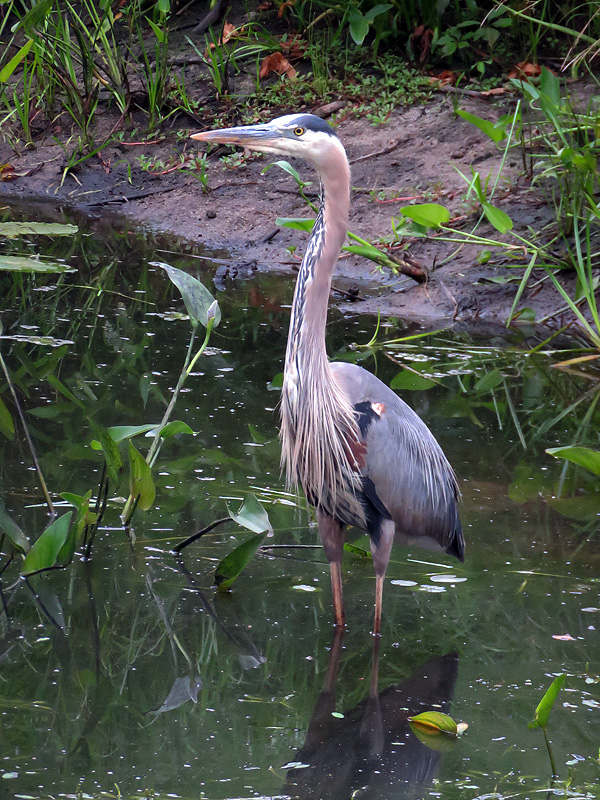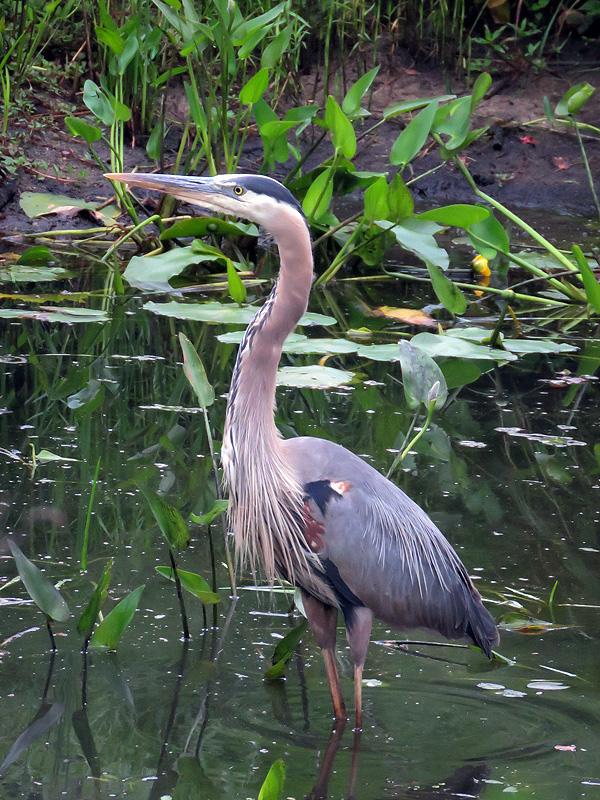Along the Air Line... 2019 - Summer, Part 4 The Air Line Trail in Eastern Connecticut - Stan Malcolm Photos |
HOME: Air Line... 2019 Pages Menu Stan's FlickR Albums |
July 5th. One of two White-tailed Deer (Odocoileus virginianus) far across the marsh. |
Great Blue Heron (Ardea herodius) perched above the channel not far from where I took yesterday's series of photos (see: https://www.performance-vision.com/airline2019/airline-summer-19c.html). |
A Harvestman (Arachnid Order Opiliones, Genus Leiobunum, probably L. verrucosum). |
|
A Leaf-footed Bug nymph (Family Coreidae, Acanthocephala terminalis). |
July 6th. Oppressively humid. Deer Flies lovin' it. Pickerelweed (Pontederia cordata). |
Later on July 6th. The Polyphemus Moth (Anthereae polyphemus) caterpillars molted to their second instar stage today. Note the brown shed first instar head capsule at left, along with the just-shed skin. At right, note that the 2nd instar head capsule remains pale. |
Second instar caterpillars, now "colored up" and with plenty of room to grow inside their new skins. |
|
|
July 7th. At and east of Route 207. Chicory (Cichorium intybus)... |
|
...with a Flower Fly (Toxomerus sp.). This is a male because they eyes meet at the top of the head. |
|
The red loop is a tiny "looper" or inchworm caterpillar (Family Geometridae). Ah, but what's the white blob on this Queen Anne's Lace? |
A Crab Spider (Family Thomisidae). I can't explain the white covering. It doesn't look like a normal silk egg case. |
A Longhorn Beetle (Family Cerambycidae, Brachyleptura champlaini) known to feed at chestnut flowers. |
Lots of other insects were also attracted to the aromatic chestnut flowers. Oriental Beetle (Family Scarabaeidae, Exomala orientalis). |
A Tumbling Flower Beetle (Family Mordellidae). |
Yes, another Toxomeris sp. Flower Fly. |
An insect has folded up this leaflet of a nut tree, stitiching it shut with silk bands to form a shelter. |
A caterpillar and its "frass" deep inside. (I returned the caterpillar and this leaf fragment to another leaflet where I expect it will form a new shelter.) |
An invasive Purple Loosestrife plant (Lythrum salicaria). Thankfully, the only one I saw. |
Other plants under the power lines included this Yellow Loosestrife or Swamp Candles (Lysimachia terrestris).... |
|
...and Wild Indigo (Baptisia tinctoria). |
|
I was glad to see some burrows made by Bee Wolf wasps (Philanthus gibbosus). In 2012 I photographed what was a large community of them under the power lines (see: https://www.performance-vision.com/airline2012/airline-summer-12c.htm) but in more recent years they were absent or nearly so as a result of dirt bikes and ATVs churning up the sandy soil. |
An immature adult male Common Whitetail dragonfly (Plathemis lydia), nearly invisible from a distance. |
The oddly shaped flower of spotted Wintergreen (Chimaphila maculata). Pollen is released from pores in the vase-like stamens. |
|
|
The stripped leaves are evergreen. |
An Indian Pipe (Monotropa uniflora), a parasitic flowering plant that lacks chlorophyll. (A second Indian Pipe is just coming up beneath the oak leaf.) |
An early afternoon visit to the path leading under the Blackledge River bridge. Staghorn Sumac (Rhus typhina) is starting to bloom. |
Delicate individual flowers were attracting... |
...Honey Bees (Apis mellifera)... |
...and Bumble Bees (Bombus sp.). |
|
|
Cow Vetch (Vicia cracca). |
|
|
First Butter-and-eggs (Linaria vulgaris) I've seen blooming this year. |
-+
Common Wood Nymph (Cercyonis pegala). |
A Skipper; best guess is a Delaware Skipper (Anatrytone logan), on... |
...Deptford Pink (Dianthus armeria). |
Clouded Plant Bug (Family Miridae, Neurocolpus nubilus). Thanks to Dr. Jane O'Donnell of UConn for the ID. |
July 8th. This Great Blue Heron (Ardea herodius) is hanging around on the channel side. |
|
